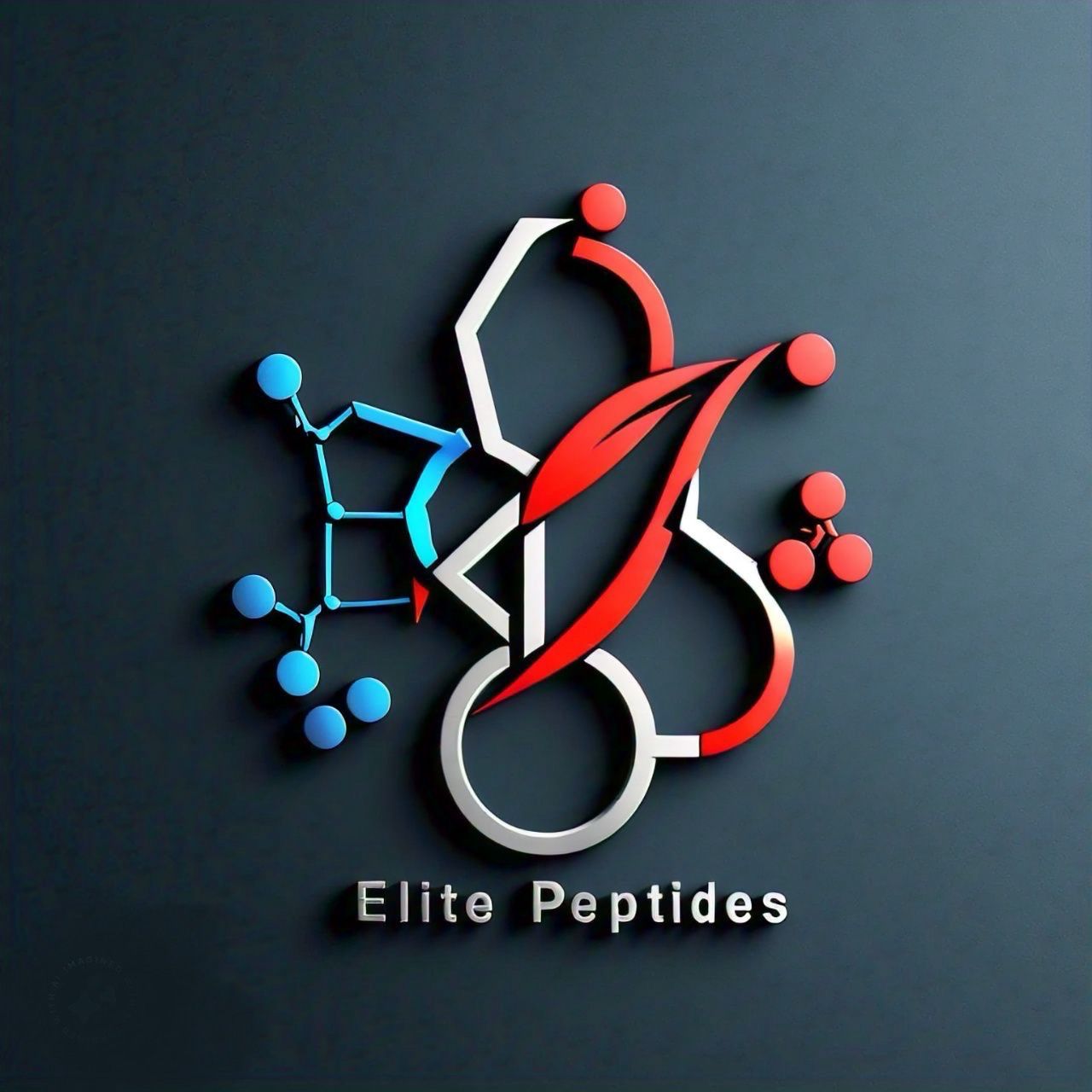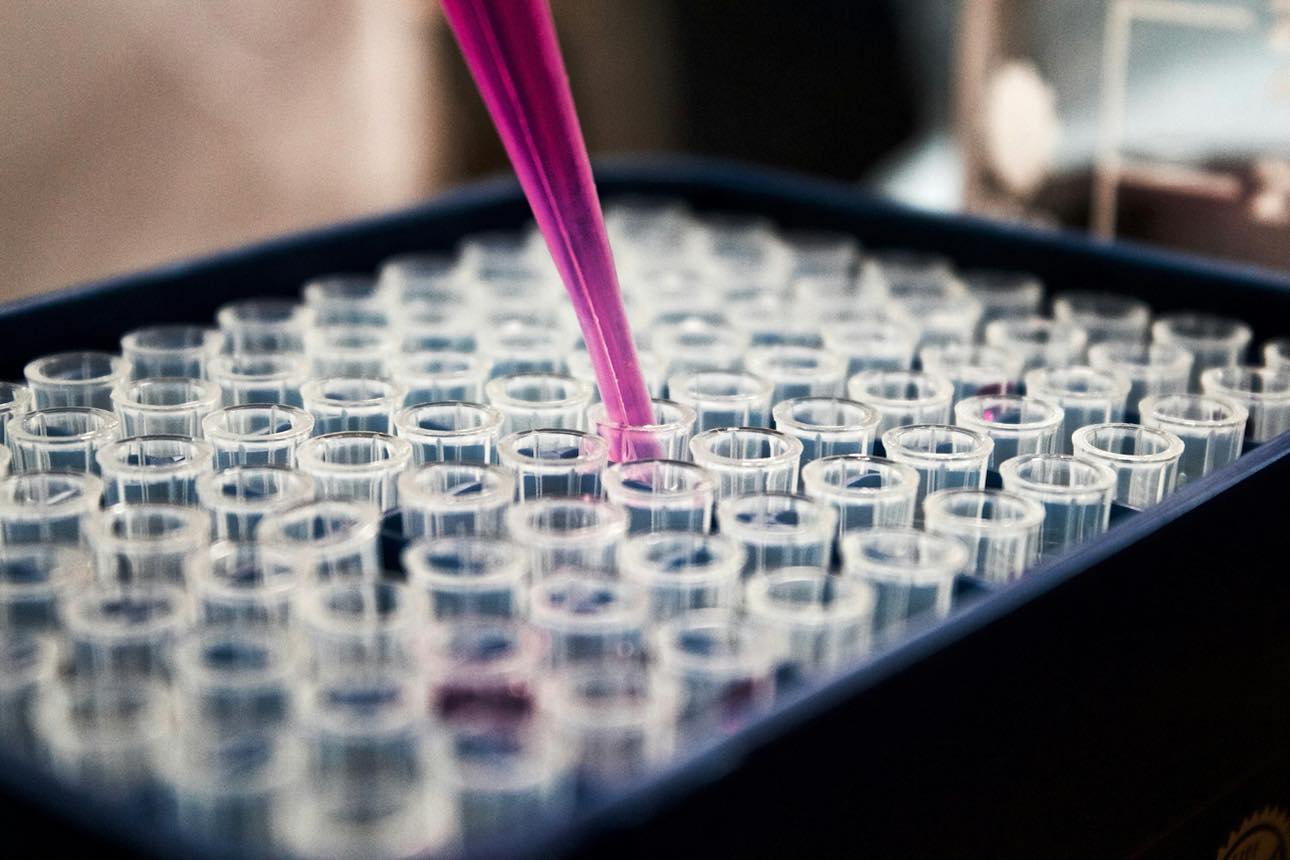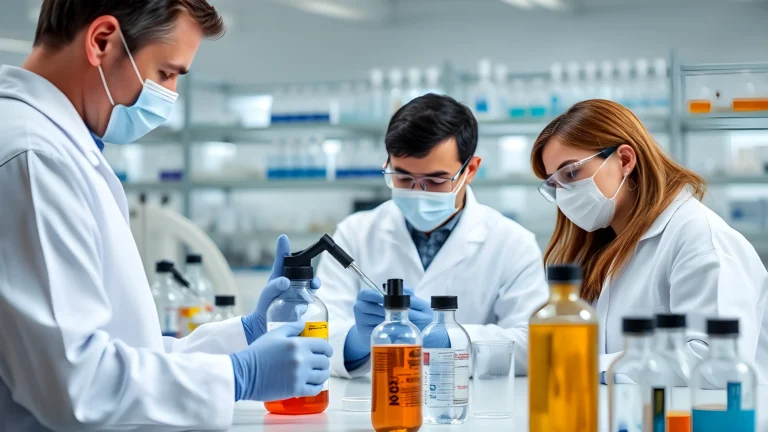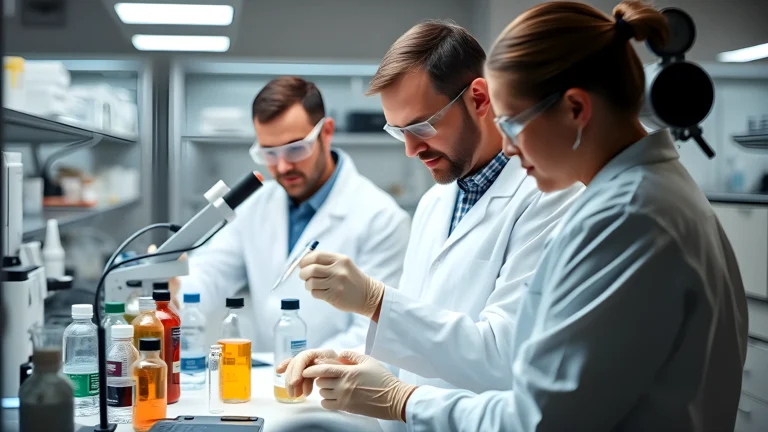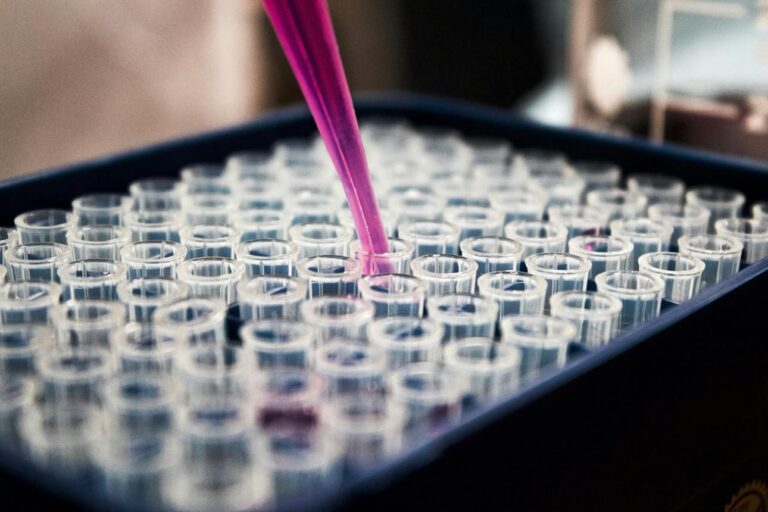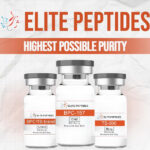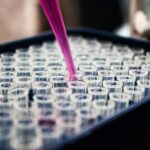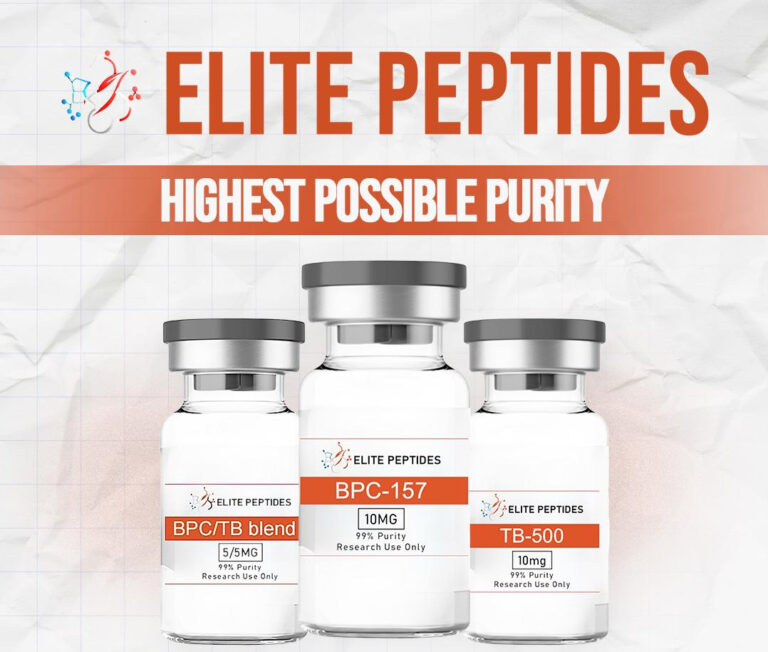
Peptide Reconstitution and Storage: A Comprehensive Guide
Peptides are typically shipped in a lyophilized (freeze-dried) powder form to ensure stability during transport and storage. Before they can be used—whether for research, injections, or other applications—they must be reconstituted, meaning dissolved into a liquid solution. The reconstitution process involves adding a solvent, such as bacteriostatic water or sterile saline, to the peptide powder.
